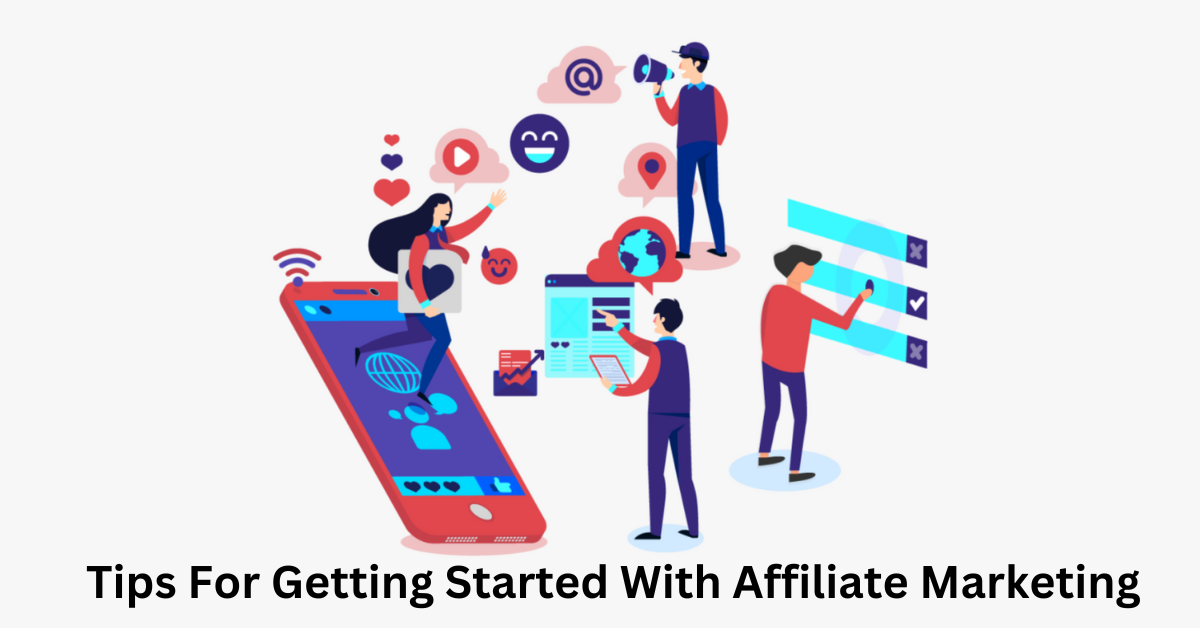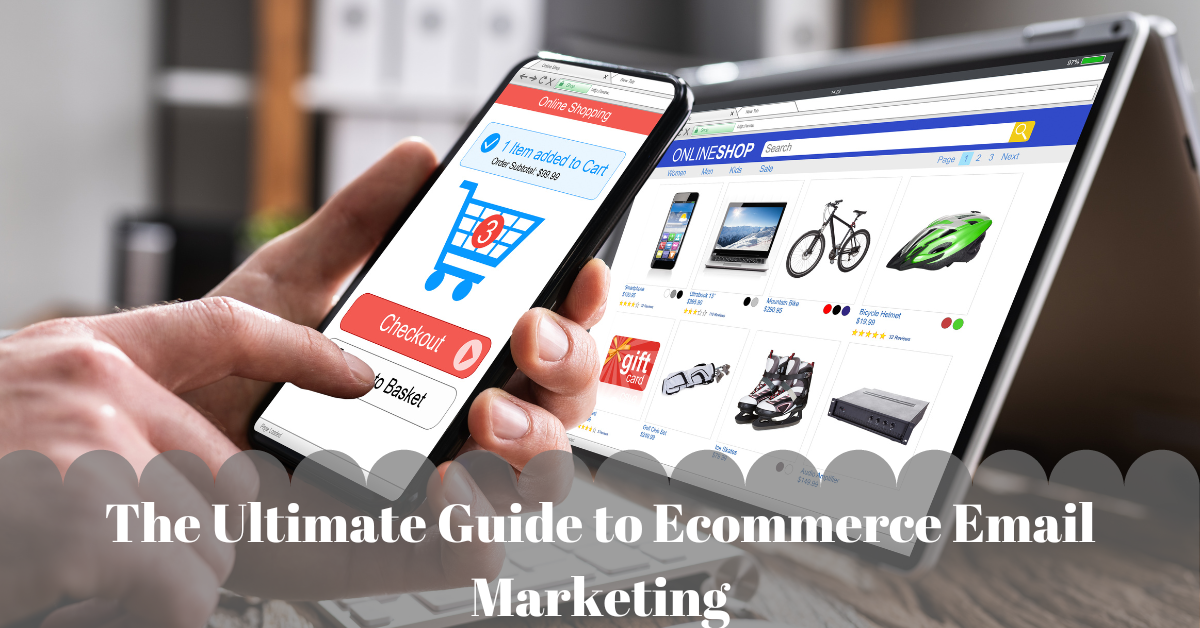Targeted advertising is a powerful tool for e-commerce businesses to boost sales and website traffic. With the rise of social media and search engine advertising, it’s easier than ever to reach the right audience with the right message. However, creating successful targeted campaigns requires careful planning and execution. Businesses must define their target audience, choose the right platform, create engaging content, use retargeting techniques, and continually test and optimize their campaigns. This article will delve into these strategies and offer tips for increasing e-commerce sales through targeted advertising.
1. Define your target audience
In order to create effective targeted advertising campaigns for e-commerce businesses, it’s crucial to first define your target audience. Target audience is the term used to refer to a specific group of consumers who are most likely to have an interest in the products or services offered by a business. Identifying the target audience enables businesses to create customized ads that are tailored to their needs, preferences, and desires. Defining your target audience involves analyzing your existing customer data to identify common characteristics. This analysis may include demographic factors like age, gender, education, and income, as well as geographic location, psychographic factors such as personality, values, and lifestyle, and behavioral factors such as buying habits, interests, and online behavior. By using this information, you can create buyer personas that represent your ideal customer, and use these personas to guide your targeted advertising efforts.
2. Choose the right advertising platform
The selection of an appropriate advertising platform is a key element in developing effective targeted advertising campaigns for e-commerce businesses. Due to the abundance of available options, it’s essential to choose the platforms that match your marketing objectives and target audience. Social media advertising is a favored platform for e-commerce businesses, such as Facebook, Instagram, and Twitter, offering comprehensive targeting features, which help businesses reach their specific target audience based on demographics, interests, and behaviors. These platforms also present multiple ad formats, including image ads, video ads, and carousel ads, allowing businesses to create ads that best represent their brand.
3. Use High-Quality Images
Employing high-quality images is a crucial aspect of establishing successful targeted advertising campaigns for e-commerce businesses. It is because high-quality images can attract potential customers and enhance the desirability and appeal of your products or services. When picking images for your ads, it is essential to opt for visually pleasing and high-resolution images. It entails selecting images that are vivid, clear, and devoid of any visual abnormalities. Grainy or pixelated images can dissuade potential customers and convey a message that your products or services are of poor quality. By using high-quality images effectively, you can increase the effectiveness of your advertising campaigns and achieve better results.

4. Use retargeting
In targeted advertising campaigns for e-commerce businesses, retargeting is a highly effective technique that can boost sales. Retargeting is a highly effective advertising technique for e-commerce businesses that involves showing ads to users who have previously interacted with their brand, such as visiting their website or adding items to their cart. This is accomplished through the use of tracking pixels or cookies, which allow businesses to follow users as they browse the web and show them relevant ads based on their past interactions. By using retargeting, businesses can refresh their potential customers’ memory about the products they were interested in and increase the likelihood of them making a purchase.
5. Join Google Shopping Ads
Participating in Google Shopping Ads is a powerful technique that can help e-commerce businesses increase sales through targeted advertising. Google Shopping Ads is a powerful advertising platform that allows e-commerce businesses to showcase their products directly in Google search results and other Google properties. By appearing at the top of relevant search results with product images, prices, and reviews, businesses can significantly increase their visibility and drive more traffic to their online stores. To initiate Google Shopping Ads, e-commerce businesses must start by setting up a Google Merchant Center account and uploading a product feed that contains essential details, such as product descriptions, images, names, and prices. Once the feed is approved, businesses can launch Shopping campaigns in Google Ads and optimize their advertising efforts by placing bids for their products.
6. Use the Facebook Pixel
The utilization of the Facebook Pixel is an effective approach for e-commerce businesses to increase their sales through targeted advertising. By embedding a code on their website, businesses can track visitors’ actions, such as page views, purchases, and other activities. The approach is called the Facebook Pixel, which enables businesses to acquire valuable information on their website visitors. The Pixel enables businesses to create customized audiences based on specific actions taken by website visitors, such as adding items to their cart but not completing the purchase. As a result, businesses can show targeted ads to these audiences, encouraging them to return to the website and complete the purchase. Overall, the Facebook Pixel is an effective tool for e-commerce businesses to increase sales through targeted advertising by collecting valuable data on their website visitors and using it to create highly targeted and effective ad campaigns on Facebook.

7. Launch Shoppable Social Media
Launching shoppable social media is a highly effective strategy for e-commerce businesses to boost sales through targeted advertising. Shoppable social media allows businesses to showcase their products on popular social media platforms such as Instagram, Facebook, and Pinterest and tag them with a direct link to purchase. This provides potential customers with the convenience of browsing and buying products directly from their social media feeds. To launch shoppable social media, businesses must have an e-commerce website and an account on the chosen social media platform. The business can then use an approved integration tool to connect their e-commerce website with the social media platform. After completing the integration, businesses can tag their products in their social media posts, making it easy for potential customers to click through to the product page and complete a purchase.
8. Test and optimize
To guarantee the success of targeted advertising campaigns, it is critical for e-commerce businesses to continuously test and optimize them. Through testing and optimization, businesses can improve the performance of their campaigns and achieve better results. A/B testing is a significant aspect of testing, which involves creating two versions of an ad and testing them against each other to determine which performs better. The test can involve different ad copy, images, or targeting options. By analyzing the results of A/B testing, businesses can make informed decisions about the ad elements that work best for their target audience and adjust their campaigns accordingly. It’s also important to continually review and refine your target audience to ensure your advertising efforts are reaching the right people.
Conclusion
Effective strategies for e-commerce businesses to increase sales through targeted advertising include using high-quality images, retargeting, Google Shopping Ads, the Facebook Pixel, shoppable social media, and testing and optimizing campaigns. High-quality images can make products more appealing, while retargeting allows businesses to show ads to interested customers. Google Shopping Ads and shoppable social media can reach potential customers actively searching or browsing. The Facebook Pixel helps businesses create targeted campaigns, and testing and optimizing campaigns is crucial to success. By implementing these strategies, e-commerce businesses can effectively increase their sales through targeted advertising and achieve better results.





